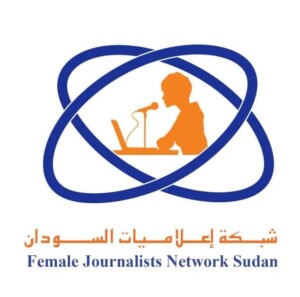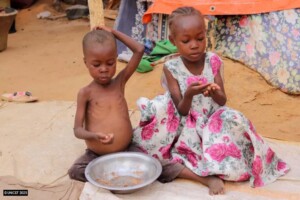OCHA Sudan: ‘Acute malnutrition in North Darfur’s Ailliet’
The Global Acute Malnutrition (GAM) rate for North Darfur’s Ailliet locality is 25.3 percent, which is considerably above the emergency threshold of 15 percent.
A recent Mid-Upper Arm Circumference screening was conducted by the Sudanese Community Development Organization (CDO) under the supervision of the North Darfur Ministry of Health for 2,402 children between 6-59 months of age in Ailliet locality from 5-22 September.
The Global Acute Malnutrition (GAM) rate for North Darfur’s Ailliet locality is 25.3 percent, which is considerably above the emergency threshold of 15 percent.
A recent Mid-Upper Arm Circumference screening was conducted by the Sudanese Community Development Organization (CDO) under the supervision of the North Darfur Ministry of Health for 2,402 children between 6-59 months of age in Ailliet locality from 5-22 September.
The screening identified 161 children with Severe Acute Malnutrition and 446 children with Moderate Acute Malnutrition. All malnourished children were referred to nutrition centres for treatment, the Office for the Coordination of Humanitarian Affairs (OCHA) in Sudan reported in its latest weekly bulletin.
The World Food Programme (WFP) has provided CDO with a two-month supply of supplementary food rations for more than 2,000 children and 1,181 pregnant and nursing mothers in Ailliet.

Chronic malnutrition
According to Unicef, about 2 million children in Sudan under five years suffer from chronic malnutrition.
The Sudan National S3M survey (Simple Spatial Surveying Method) conducted in 2013 revealed that 128 of the total 184 localities in the country have a stunting rate classified as ‘high’ – above 30 percent. A further one million children in Sudan under age five suffer from acute malnutrition resulting in an average GAM rate of 16.3 percent for the entire country.
North Darfur has the poorest nutrition levels of all five Darfur states, with El Sereif, Ailliet, Dar El Salam, and Kalamindo localities having GAM rates above 25 percent.
Funding constraints and lack of access to some of the populations in need are hindering nutrition partners from being able to deliver sufficient nutrition assistance. Aid organisations continue to advocate for more funds and access to people in need to ensure the delivery of nutrition assistance. To date the nutrition sector is only 35 percent funded, the OCHA bulletin reads.











 and then
and then